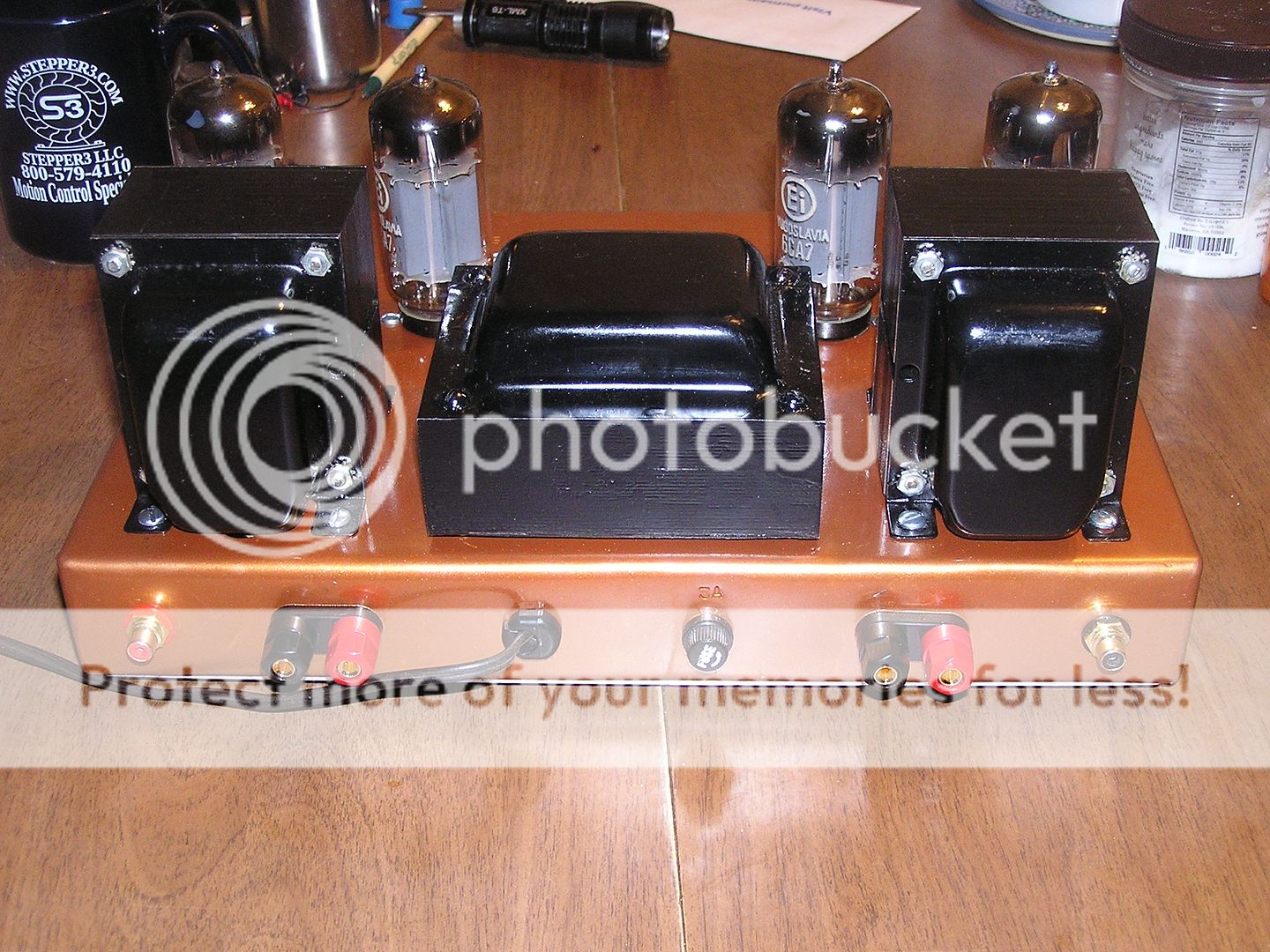

Noyce also expressed his belief that silicon semiconductors would herald the start of disposable appliances that, due to cheap electronic components, would not be repaired but merely discarded when worn out. Noyce advocated the use of silicon as substrate - since the material costs would consist of sand and a few fine wires, the major cost would be in the manufacturing process. In 1957 the Fairchild Semiconductor division was started with plans to make silicon transistors at a time when germanium was still the most common material for semiconductor use.Īccording to Sherman Fairchild, Noyce's impassioned presentation of his vision was the reason Sherman Fairchild had agreed to create the semiconductor division for the traitorous eight. company with considerable military contracts. Looking for funding on their own project, they turned to Sherman Fairchild's Fairchild Camera and Instrument, an Eastern U.S. The eight men were Julius Blank, Victor Grinich, Jean Hoerni, Eugene Kleiner, Jay Last, Gordon Moore, Robert Noyce, and Sheldon Roberts. A core group of Shockley employees, later known as the traitorous eight, became unhappy with his management of the company. While Shockley was effective as a recruiter, he was less effective as a manager. Shockley then founded the core of the new company with what he considered the best and brightest graduates coming out of American engineering schools. At first he attempted to hire some of his former colleagues from Bell Labs, but none were willing to move to the West Coast or work with Shockley again at that time. In 1956, William Shockley opened Shockley Semiconductor Laboratory as a division of Beckman Instruments in Mountain View, California his plan was to develop a new type of "4-layer diode" that would work faster and have more uses than then-current transistors. The building at 844 East Charleston Road, Palo Alto, California, where the first commercially practical integrated circuit was invented


 0 kommentar(er)
0 kommentar(er)
